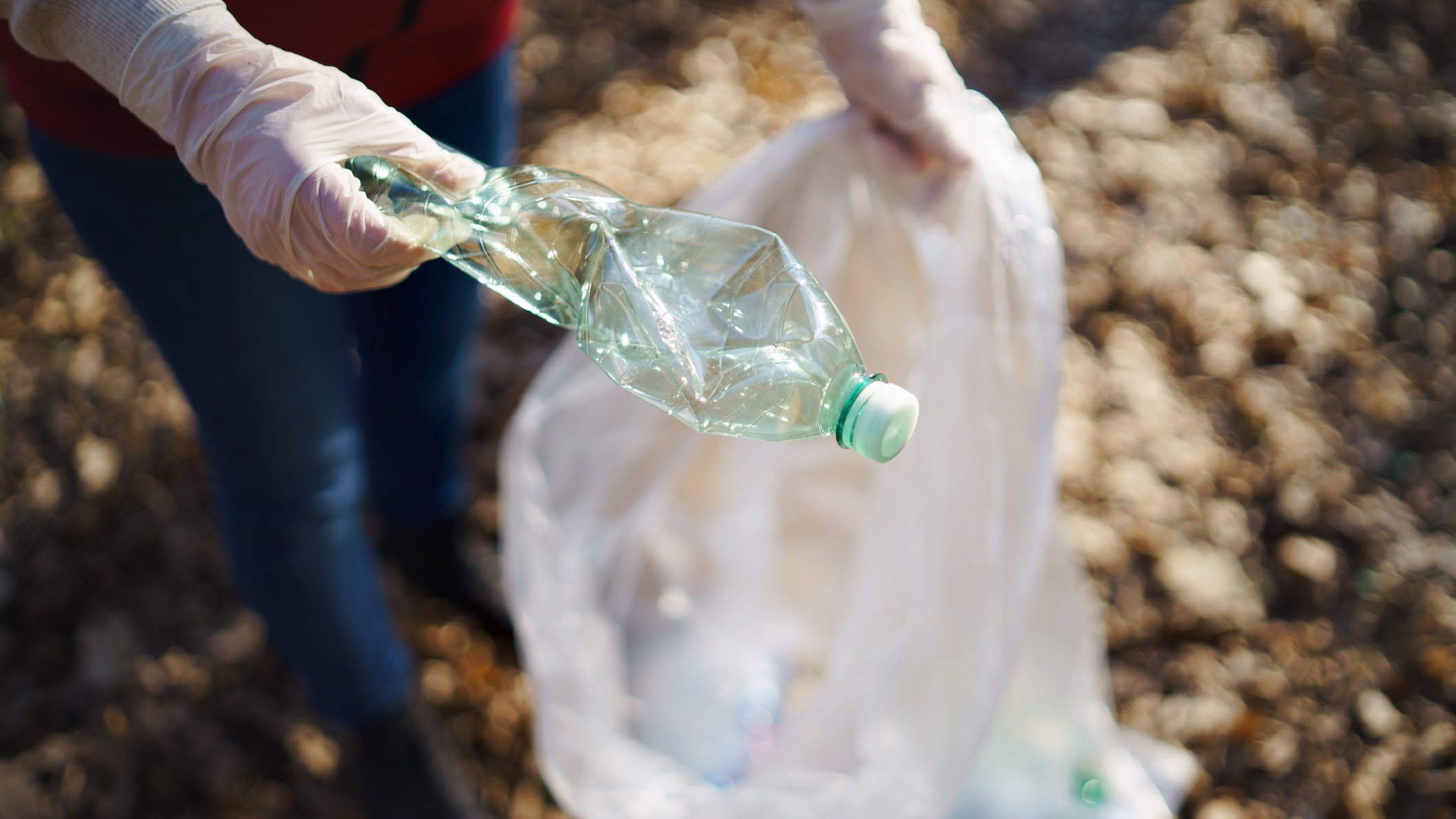“In Oregon and Washington there was toilet paper everywhere" – survey reveals 2,650 miles of trash on the Pacific Crest Trail
Two environmental scientists thru-hiked the PCT last year to assess the characteristics and quantity of trash and plastic pollution on the trail

Leave no trace. The phrase is practically a mantra among the hiking and outdoors community, and yet with over a million people day hiking, backpacking, section hiking and thru-hiking the Pacific Crest Trail each year, something is bound to get left behind. Exactly what that is, and how much of it remains, is the subject of a recent survey conducted by two scientists and hikers.
From March to September of 2023, two environmental scientists thru-hiked all 2,650 miles of the famous trail, which stretches from Mexico to Canada, for a research project they dubbed No Trace Trails. Tori McGruer and Macy Gustavus examined trash on the trail – and for six feet on either side of the center of it – in one kilometer stretches every 10 miles of hiking to extrapolate their data. When possible, they also collected and removed trash.
According to reporting in the San Francisco Chronicle, they cataloged more than 1,000 pieces of trash on their journey. Many of the objects were predictable: snack wrappers, orange peel, duct tape, water bottles, broken trekking pole baskets, Band-Aids, cigarette butts, bottle caps and gum wrappers. Used toilet paper was by far the biggest offender, and the researchers discovered more of it the further north they went.
“In Oregon and Washington there was toilet paper everywhere,” says McGruer. “I was like, what is happening?”
Hikers who need to poop on the trail should dig a hole, and pack out any dirty toilet paper with them.

Some objects were more surprising: an abandoned car, a spent shotgun cartridge, a rusty horseshoe and many Mylar balloons, which have become increasingly common during outdoor events like birthday celebrations and gender reveal parties.
Unsurprisingly, stretches of the trail closest to urban areas were the most littered, with the segment of the San Gabriel Mountains on the outskirts of LA proving to be the dirtiest. However, a full 40 percent of the zones studied contained no discernible litter, with the cleanest areas in the remote sections in the Cascade Range and High Sierra.
All the latest inspiration, tips and guides to help you plan your next Advnture!
The scientists are now working on a research paper summarizing their findings for peer review.

How to ‘leave no trace’ when pitching or hiking in the backcountry
Most outdoor-focused people and organizations agree on seven ‘leave no trace’ principles, as enshrined in 1999 by the Leave No Trace Center for Outdoor Ethics:
- Plan ahead and prepare
- Travel and camp on durable surfaces
- Dispose of waste properly
- Leave what you find
- Minimise campfire impacts
- Respect wildlife
- Be considerate of other visitors
In addition to not dropping litter, you can help keep trails clean by picking up trash that you find. Read more in our article on the principles of Leave No Trace, and learn how to put them into practice whenever you're on the trail.
Julia Clarke is a staff writer for Advnture.com and the author of the book Restorative Yoga for Beginners. She loves to explore mountains on foot, bike, skis and belay and then recover on the the yoga mat. Julia graduated with a degree in journalism in 2004 and spent eight years working as a radio presenter in Kansas City, Vermont, Boston and New York City before discovering the joys of the Rocky Mountains. She then detoured west to Colorado and enjoyed 11 years teaching yoga in Vail before returning to her hometown of Glasgow, Scotland in 2020 to focus on family and writing.

